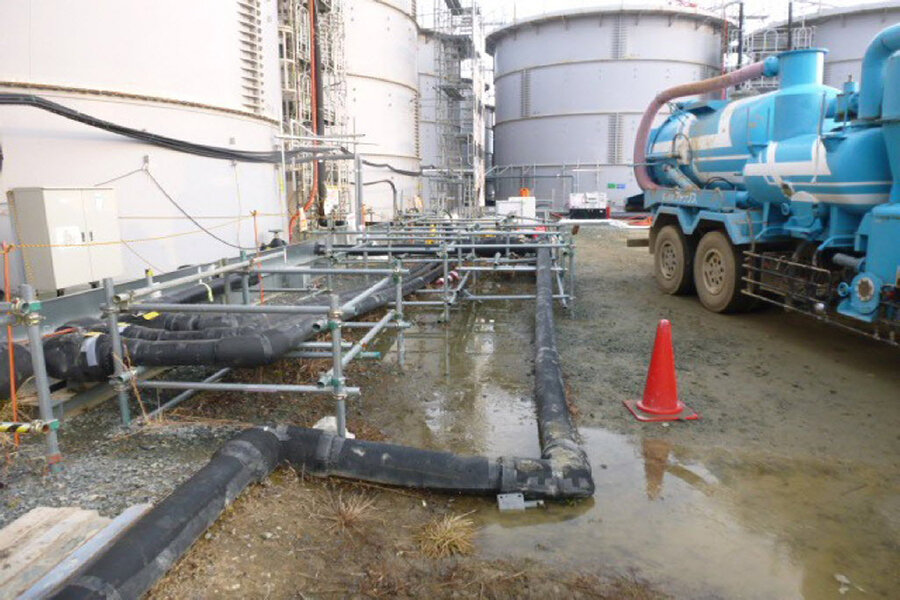Radioactive materials from Japan's Fukushima disaster reaches Canada, say scientists
Loading...
Radioactive material from Japan's 2011 Fukushima nuclear disaster has apparently now reached North America's Pacific coast.
Researchers at the annual American Geophysical Union's Ocean Sciences Meeting in Honolulu announced that traces of radioactive cesium isotopes – cesium-134 and cesium-137– from Japan's Fukushima Daiichi nuclear power plant have been detected in Vancouver.
A story by Becky Oskin on LiveScience.com quotes John Smith, a research scientist at Canada's Bedford Institute of Oceanography in Dartmouth, Nova Scotia. "The detected concentrations are much lower than the Canadian safety limit for cesium levels in drinking water," he said.
Cesium-137 has a half-life of 30 years, but cesium-134 has a half-life of just two years, indicating that the material detected in Vancouver is of recent vintage, and not a product of older nuclear waste.
Traces of contamination from Fukushima might float across the Pacific Ocean and reach the West Coast sometime this year, Ken Buesseler, a senior scientist with Woods Hole Oceanographic Institute and director of the Center for Marine and Environmental Radioactivity (CMER) told the Monitor.
“But the complex behavior of coastal currents will likely result in varying intensities and changes that cannot be predicted from models alone,” he said in a press release.
Dr. Buesseler has collected samples from eight spots so far, but no cesium-134 has been detected yet.
Even if traces of isotopes are spotted later, the "levels of any Fukushima contaminants in the ocean will be many thousands of times lower after they mix across the Pacific and arrive on the West Coast of North America," according to WHOI. Therefore, there may not have significant impact on marine life at such low levels, says Buesseler.
“Whether you agree with predictions that levels of radiation along the Pacific Coast of North America will be too low to be of human health concern or to impact fisheries and marine life, we can all agree that radiation should be monitored, and we are asking for your help to make that happen,” said Buesseler, who has launched a crowdsourcing campaign to carry out analyses of sea water samples.
On Feb. 20, about 100 cubic meters of radioactive water leaked from an overflowing water storage tank at TEPCO's Fukushima Daiichi Nuclear Power Station after a valve was accidentally left open.








